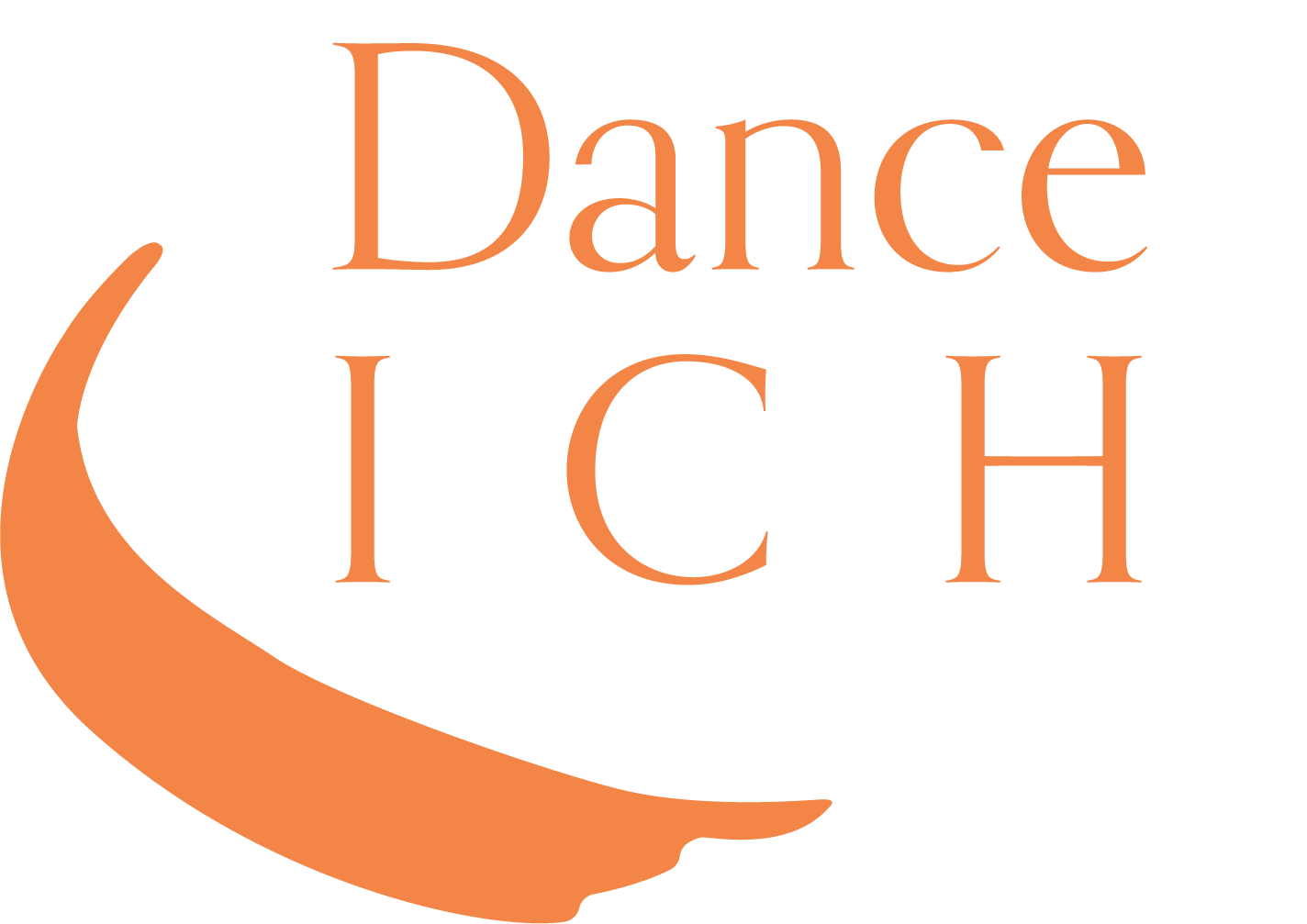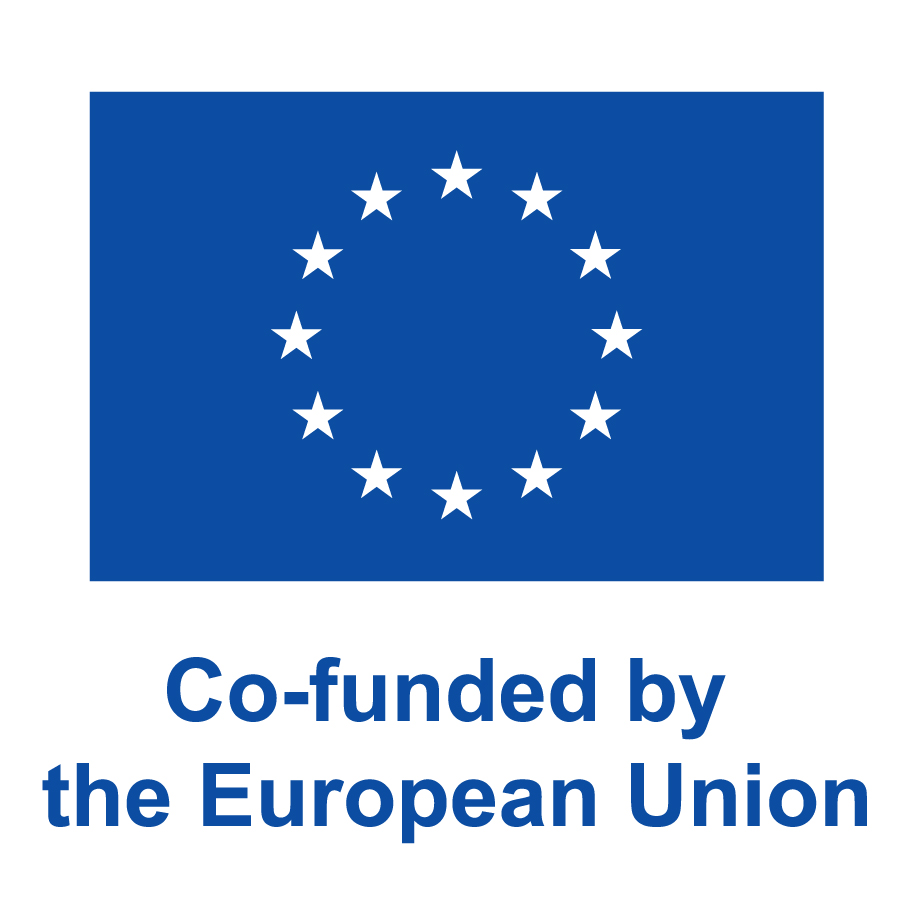
Dance - Europe’s living heritage in motion
On October 10, 2024, in the Slovene Ethnographic Museum (Ljubljana, Slovenia), we are opening an exhibition entitled Dance - Europe’s living heritage in motion, which was created as part of the EU project Dance as Intangible Cultural Heritage, co-funded by the European Union, Creative Europe programme. At the exhibition, we present the dance heritage of Europe and at the same time place dance in the broader context of intangible cultural heritage, which is extremely rich and still alive in Slovenia.
The European project Dance as Intangible Cultural Heritage: New models of facilitating participatory dance events (Dance - ICH) runs from 2022 to 2025. It brings together over 20 researchers, curators, dance teachers and archivists of nine different institutions from six countries who have researched dances as living heritage within several communities.
Our European project aims to encourage and stimulate participatory dance events. The focus is on dancing together, where the space is open for everyone to interact. The organisers of a variety of dance events create an inclusive community. This gives people a sense of inclusion and acceptance, a shared sense of belonging to a community of traditions. Moreover, dance styles, variations and rhythmic expressions are transmitted and explored through movements. Dance events are the creation of the present based on the past, while the future is anticipated.
The European exhibition facilitates understanding dance as part of our daily life. You can meet the communities through films, panels and events of practice. The films made by the countries illustrate the different dance communities and give an insight into Europe’s rich dance tradition. We would like to create exhibitions as spaces for dancing so that the visitors can join dance communities. Together this makes a new concept called events of practice exhibition. The exhibition will present case studies of dance communities and the dance heritage of Romania, Hungary, Norway, Greece and Slovenia.
Various dances form the dance tradition of Slovenia. Nowadays, some dances are only presented during performances by folk dance ensembles, while two dances, the sotiš and šamarjanka (Varsovienne), are still alive. Both dances are couple dances, spontaneously danced on various occasions, e.g. at parties, family gatherings, weddings, junior proms, proms, and festivals. The region that has preserved these dances the longest is Prekmurje, where these dances represent an important identification element to the local population. Therefore, in the Slovene Ethnographic Museum, in cooperation with members of the Folkdance ensemble of the Cultural Association “MARKO” Beltinci, we expanded the exhibition on dance heritage and prepared interactive elements where visitors can learn to dance sotiš and šamarjanka.
Text as provided by the organiser(s).


